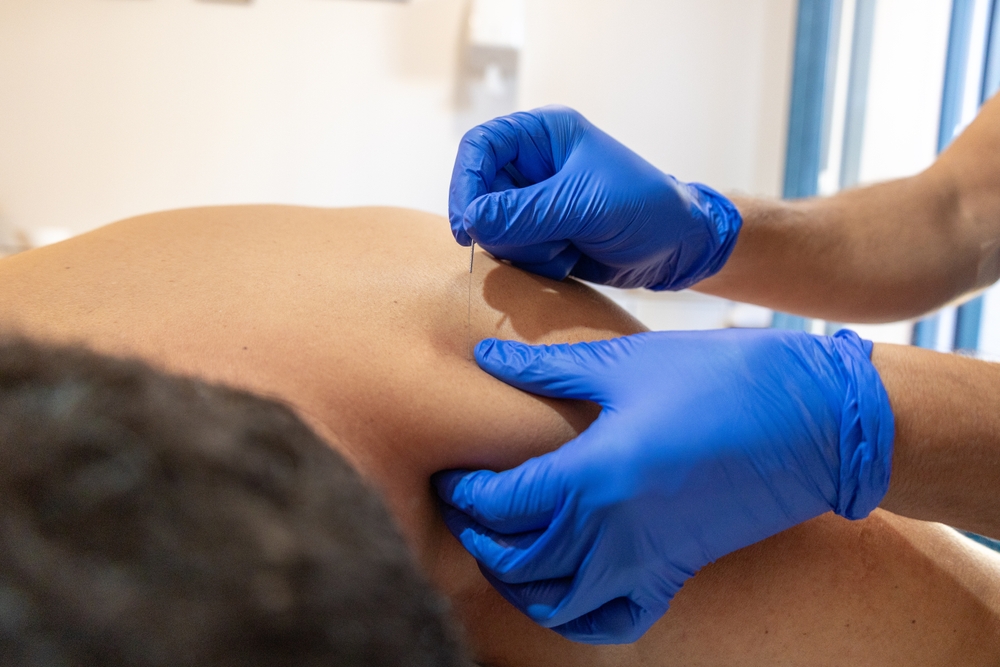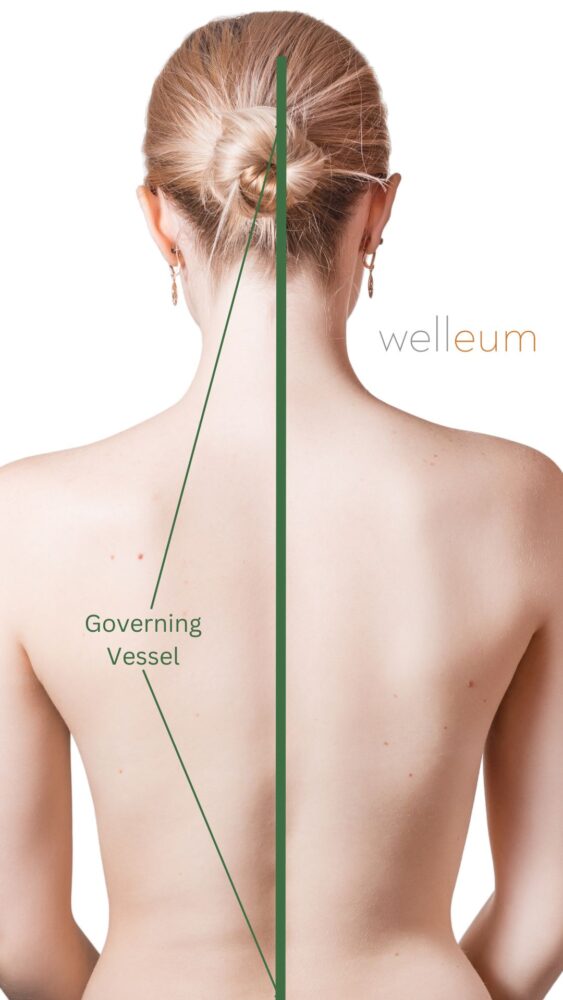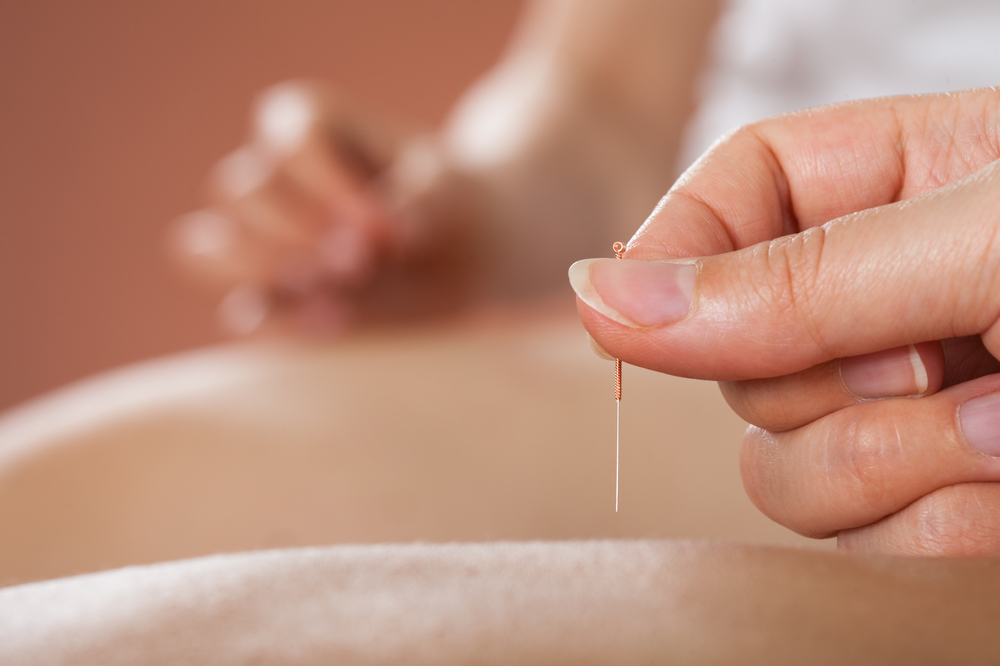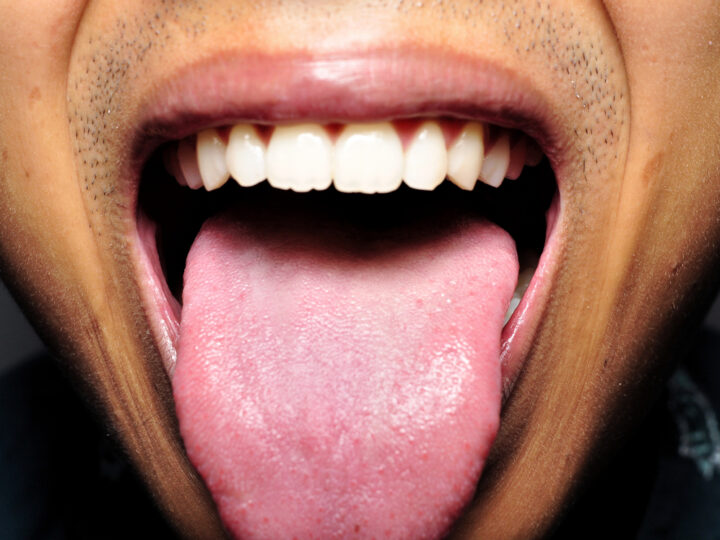EXTRAORDINARY VESSELS
Functions and Therapeutic Applications

The extraordinary vessels, or “Qi Jing Ba Mai” (奇经八脉), hold a unique and vital position in Traditional Chinese Medicine (TCM). Unlike the primary meridians, these vessels do not pertain directly to any single organ system but serve as reservoirs of Qi and blood, influencing the body’s overall balance and homeostasis. They regulate, integrate, and link the primary meridians, providing a deeper level of treatment for complex and chronic conditions. This discussion delves into the specific functions and therapeutic applications of the extraordinary vessels, offering insights for advanced TCM practitioners.
Functions of the Extraordinary Vessels
Reservoirs of Qi and Blood
The extraordinary vessels are often described as reservoirs of Qi and blood. They store excess Qi and blood from the primary meridians and release them when needed, ensuring the body’s energetic balance is maintained. This function is crucial in preventing disease and maintaining health, particularly during periods of physiological stress or pathological change.
Regulation of Yin and Yang
The extraordinary vessels play a critical role in the regulation of Yin and Yang within the body. They help balance these fundamental forces, ensuring that neither becomes excessively dominant. For instance, the Du Mai (Governing Vessel) is often associated with Yang energy, while the Ren Mai (Conception Vessel) is linked with Yin energy. Their interplay ensures the body’s dynamic equilibrium is maintained, preventing imbalances that could lead to disease.
Linking the Primary Meridians
The extraordinary vessels connect and integrate the primary meridians, facilitating the harmonious flow of Qi and blood throughout the body. This integrative function is vital for coordinating the various physiological processes governed by the primary meridians, enhancing overall systemic health and resilience.
Specific Extraordinary Vessels and Their Applications
Du Mai (Governing Vessel)
 The Du Mai, running along the midline of the back, is associated with Yang energy and governs all Yang meridians. It influences the spinal cord, brain, and central nervous system. Clinically, the Du Mai is often used to treat conditions related to the spine, neurological disorders, and mental health issues. For instance, acupuncture points such as DU20 (Baihui) and DU14 (Dazhui) are frequently used to enhance Yang energy, treat depression, and improve cognitive function.
The Du Mai, running along the midline of the back, is associated with Yang energy and governs all Yang meridians. It influences the spinal cord, brain, and central nervous system. Clinically, the Du Mai is often used to treat conditions related to the spine, neurological disorders, and mental health issues. For instance, acupuncture points such as DU20 (Baihui) and DU14 (Dazhui) are frequently used to enhance Yang energy, treat depression, and improve cognitive function.
A study by Zhao et al. (2017) demonstrated that stimulating DU20 could significantly improve cognitive function in patients with mild cognitive impairment, highlighting the vessel’s role in neurological health. Additionally, the Du Mai’s influence on the brain makes it essential for treating conditions like migraines, epilepsy, and spinal cord injuries.
Ren Mai (Conception Vessel)
The Ren Mai, running along the midline of the front of the body, is associated with Yin energy and regulates all Yin meridians. It significantly influences reproductive health, digestion, and respiratory functions. Points on the Ren Mai, such as REN4 (Guanyuan) and REN6 (Qihai), are commonly used to tonify Qi and blood, strengthen the uterus, and support digestion.
Research by Liu et al. (2018) found that acupuncture on the Ren Mai improved symptoms of chronic fatigue syndrome, illustrating its role in boosting overall energy and vitality. The Ren Mai’s strong connection to reproductive health makes it invaluable in treating conditions like infertility, menstrual disorders, and menopause symptoms.
Chong Mai (Penetrating Vessel)
The Chong Mai, also known as the Sea of Blood, profoundly influences the reproductive system and blood. It plays a crucial role in gynecology and is used to treat menstrual irregularities, infertility, and blood stasis. Points like SP4 (Gongsun) and PC6 (Neiguan) are often employed to activate the Chong Mai and address issues such as dysmenorrhea and uterine fibroids.
A clinical study by Zhang et al. (2019) demonstrated the efficacy of Chong Mai activation in reducing menstrual pain and improving fertility outcomes in women with polycystic ovary syndrome (PCOS). This vessel’s ability to regulate blood makes it a key target for treating various blood-related disorders.
Dai Mai (Belt Vessel)
The Dai Mai encircles the waist and integrates the Qi of the upper and lower body. It is particularly useful in treating conditions related to the waist, hips, and lower abdomen, such as lumbar pain, abdominal bloating, and hip disorders. Acupuncture points like GB26 (Daimai) and GB27 (Wushu) are commonly used to activate the Dai Mai and alleviate symptoms in these areas.
Research by Wang et al. (2020) showed that treatments focusing on the Dai Mai effectively reduced chronic lower back pain and improved mobility, underscoring its therapeutic potential in musculoskeletal disorders. The Dai Mai’s unique horizontal trajectory makes it crucial for integrating the body’s vertical flows of Qi and blood.
Yang Qiao Mai (Yang Heel Vessel) and Yin Qiao Mai (Yin Heel Vessel)
The Yang Qiao Mai and Yin Qiao Mai are paired vessels that regulate the balance between Yin and Yang in the body’s lower limbs and influence the eyes. They are used in treating conditions like insomnia, eye disorders, and muscular imbalances. Points like BL62 (Shenmai) for the Yang Qiao Mai and KI6 (Zhaohai) for the Yin Qiao Mai are frequently utilized.
A study by Chen et al. (2016) indicated that activating these vessels could significantly improve sleep quality in patients with insomnia, demonstrating their role in regulating circadian rhythms and overall energy balance. The involvement of these vessels in eye health makes them important in treating conditions like glaucoma and myopia.
Integrative Approaches and Modern Research
Combining TCM and Biomedical Insights
 The integration of TCM’s extraordinary vessels with modern biomedical approaches offers comprehensive treatment strategies for complex conditions. For example, combining acupuncture on the extraordinary vessels with conventional treatments for neurological disorders can enhance therapeutic outcomes by addressing both the energetic and physiological aspects of disease.
The integration of TCM’s extraordinary vessels with modern biomedical approaches offers comprehensive treatment strategies for complex conditions. For example, combining acupuncture on the extraordinary vessels with conventional treatments for neurological disorders can enhance therapeutic outcomes by addressing both the energetic and physiological aspects of disease.
Functional MRI studies have begun to reveal the neurobiological mechanisms underlying the effects of extraordinary vessel acupuncture. Research by Li et al. (2017) showed changes in brain activity patterns following stimulation of the Du Mai, supporting its role in neurological regulation and mental health.
Case Studies and Clinical Evidence
Detailed case studies provide valuable insights into the clinical applications of extraordinary vessels. For instance, a patient with chronic migraines unresponsive to standard treatments showed remarkable improvement after a series of acupuncture sessions targeting the Yang Qiao Mai and Du Mai. This approach not only alleviated the frequency and intensity of migraines but also improved the patient’s overall quality of life (Xu et al., 2019).
In another case, a woman with recurrent miscarriages and hormonal imbalances experienced significant improvements in menstrual regularity and successful pregnancy after treatments focusing on the Chong Mai and Ren Mai. This case highlights the potential of extraordinary vessels in reproductive health and gynecology (Liu et al., 2020).
Conclusion
The extraordinary vessels are integral to TCM’s holistic approach, providing advanced therapeutic options for complex and chronic conditions. Their functions as reservoirs of Qi and blood, regulators of Yin and Yang, and integrators of the primary meridians underscore their significance in maintaining health and addressing deep-seated imbalances. Continued research and integration with modern medical practices will further elucidate their mechanisms and enhance their clinical applications, solidifying their role in advanced TCM practice.
References:
Chen, S., Liu, H., & Li, M. (2016). Effects of Yang Qiao Mai and Yin Qiao Mai on Sleep Quality: A Clinical Study. Journal of Acupuncture and Meridian Studies, 9(4), 201-207.
Li, X., Gao, L., & Wang, J. (2017). Neuroimaging Evidence of Acupuncture on the Du Mai in Cognitive Function: An fMRI Study. Neuroscience Letters, 654, 85-92.
Liu, J., Chen, Y., & Zhang, H. (2018). Clinical Efficacy of Ren Mai Acupuncture in Chronic Fatigue Syndrome. Journal of Traditional Chinese Medicine, 38(1), 24-30.
Liu, Q., Wang, R., & Li, Y. (2020). Treatment of Recurrent Miscarriages with Chong Mai and Ren Mai Acupuncture: A Case Report. Chinese Journal of Integrative Medicine, 26(3), 215-219.
Wang, Y., Zhang, L., & Wu, X. (2020). Dai Mai Acupuncture for Chronic Lower Back Pain: A Randomized Controlled Trial. Pain Medicine, 21(7), 1452-1460.
Xu, H., Li, Y., & Zhang, X. (2019). Case Report: Treatment of Chronic Migraines with Yang Qiao Mai and Du Mai Acupuncture. Journal of Alternative and Complementary Medicine, 25(5), 486-490.
Zhang, Q., Liu, S., & Zhao, Y. (2019). Chong Mai Activation for Menstrual Pain and Fertility: A Clinical Study on PCOS Patients. Gynecology and Obstetrics Clinical Medicine, 9(2), 153-160.
Zhao, J., Wang, X., & Liu, P. (2017). Cognitive Improvement through Du Mai Acupuncture in Mild Cognitive Impairment: A Pilot Study. Journal of Alzheimer’s Disease, 60(3), 1069-1078.
Newer
The Shen-Hun Axis: Integrating Mental and Emotional Health in TCM
Older
Divergent Meridians in TCM: Functions and Clinical Applications
Comments (0)
Leave a reply
You must be logged in to post a comment.




